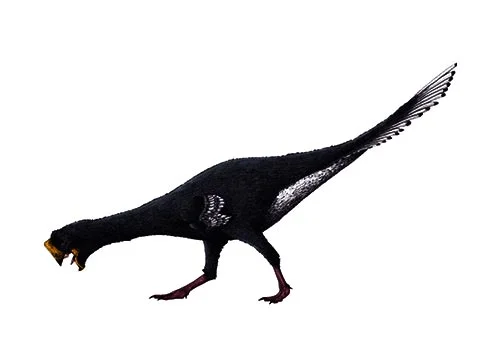Ingenia (she camel)

In-gen-ia
Rinchen Barsbold - 1981
Carnivore
Estimated up to 3.5 meters long
Small Theropod
/
Mongolia
Late Miocene, 11-9 million years ago
Ingenia Facts
Ingenia, also known as the “she camel,” is an extinct genus of camel that lived during the late Miocene period, approximately 9 to 11 million years ago. Its fossil remains were first discovered in 2007 in the Atacama Desert in Chile.
One of the most striking features of Ingenia was its size. It was one of the largest camelids of its time, measuring up to 3.5 meters in length and weighing around 1,000 kilograms. This made it larger than many modern-day camel species, such as the dromedary and the Bactrian camel.
Ingenia had a unique set of adaptations that allowed it to survive in the harsh desert environment. For example, it had large, flat feet that helped it to distribute its weight over a larger surface area and walk on soft sand. It also had long, slender legs that allowed it to move quickly and efficiently across the desert terrain.
One of the most interesting things about Ingenia is that it is not closely related to modern-day camels. Instead, it belongs to a group of extinct camelids known as the Protylopus. This group includes several other extinct camelids that lived in North and South America during the Miocene period.
The discovery of Ingenia has provided valuable insights into the evolution of camels and the adaptation of mammals to desert environments. It has also highlighted the diversity of camelids that existed during the Miocene period, and the important role that these animals played in shaping the ecosystems of the time.
Overall, Ingenia was a fascinating and unique species of camel that has helped paleontologists to better understand the history of these remarkable animals. Its discovery has added to our knowledge of the natural world and the incredible adaptations that allowed animals to survive and thrive in some of the harshest environments on Earth.



